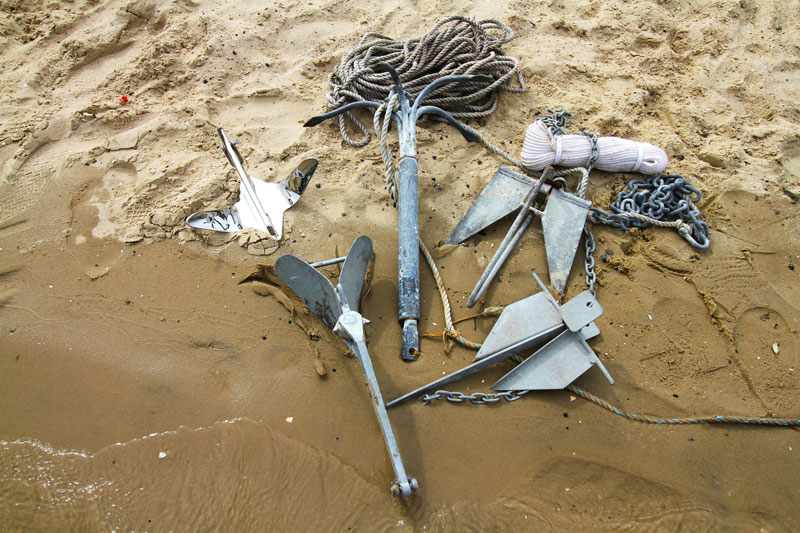
Everything You Need to Know About Boat Anchors
So, how many of us know what a bitter end, a rode, stock, bitt, cable, shank, fluke, bill, pee, bugle, or spar-lash is? They are all nautical terms that don’t really matter to most recreational boaters – except of course the spar-lash, but I’ll get to that a little later.
Yet anchors and ground tackle are probably one of the most vital components of any boat. They come in many forms. Danforth, sand, reef, folding, SARCA, plough, claw, Bruce, grapnel, mushroom, bugle, spade and traditional admiralty are just a few of the options, and many variations exist.
Just as there will never be the perfect boat for every occasion, there will never be the perfect anchor either. Anchors that suit shallow, muddy conditions are virtually useless and often quite dangerous in offshore rocky environments. Similarly, you wouldn’t chuck a lightweight reef anchor into a sandy channel with a strong current and expect it to hold.
Hence, trailer boat owners that travel to a variety of destinations should really carry a selection of anchors. Yet that is virtually impossible for larger craft that need to be selective on their anchor placement away from snags.
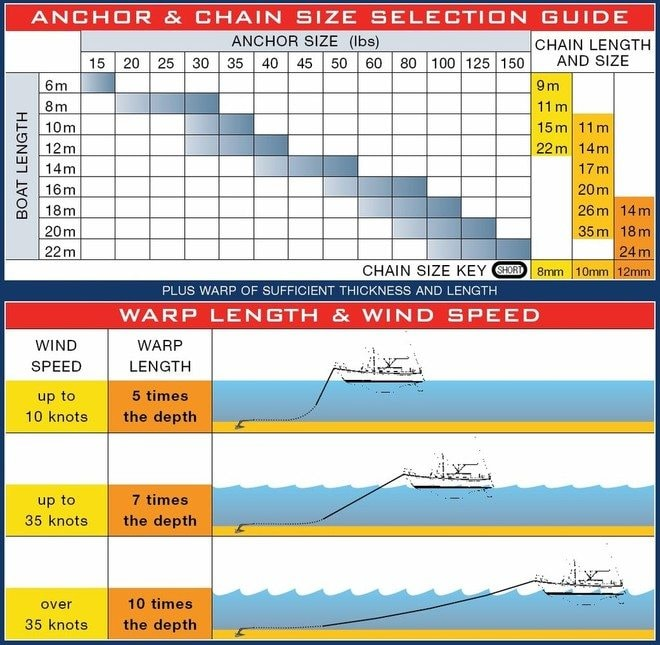
Working Rode Sizes
The proper term for an anchor rope, line or cable connecting the anchor chain to the vessel is actually 'anchor rode', and a shorter length of rope used for launching and mooring the boat from the bow is a 'painter'. Another little-known nautical term is the “bitter end,” which is the final part of the anchor rope where the rope is fixed to the ship’s deck. Some also call it the bollard or fitting, which is usually in the anchor well where the back end of the anchor rope is secured to the boat.
Suggested Minimum Working Rode Sizes for Winds up to 30 Knots
|
L.O.A. |
Beam (Sail) |
Beam (Power) |
Rode (Nylon) |
Rode (Chain) |
|---|---|---|---|---|
|
10' |
5' |
5' |
125' - 3/16" |
3/16" |
|
15' |
7' |
7' |
150' - 3/8" |
1/4" |
|
20' |
8' |
9' |
150' - 3/8" |
1/4" |
|
25' |
9' |
10' |
150' - 3/8" |
1/4" |
|
30' |
10' |
11' |
200' - 7/16" |
5/16" |
|
35' |
12' |
11' |
300' - 1/2" |
3/8" |
|
40' |
13' |
12' |
400' - 5/8" |
7/16" |
|
50' |
14' |
16' |
500' - 5/8" |
7/16" |
|
60' |
16' |
19' |
500' - 3/4" |
1/2" |
Choosing the Right Anchor
Boats at anchor are affected by a number of influences including windage, current and wave actions that cause boats to heave, surge, pitch and yaw.
In short, there are numerous effects that must be considered but the bottom line (sorry for the pun) is that care must be taken with selection of the appropriate ground tackle, and secondly you need to understand how it all works.
Anchors aside, the most common mistakes in the selection of suitable ground tackle is the size and length of chain, and the amount of anchor rope that is dispersed.
My old rule of thumb is to use at least the length of the boat in anchor chain. The chain acts as a shock absorber, and keeps the pull angle on the anchor as close to horizontal as possible. Anchors will come unstuck very quickly if the pressure is applied upwards as vertical force on the flukes cause the anchor to dislodge.
It is amazing just how little grip or penetration an anchor needs to hold as long as the direction of the drag tension is kept horizontal. In fact, the Admiralty Manual of Seamanship Volume 2 quotes: "When the shank is pulled above horizontal, the efficiency of the anchor is greatly reduced. If the angle of pull is 10 degrees off the seabed, the anchor's maximum holding power is down to 60%. At 15 degrees, it is further reduced to only 40% of its maximum holding power".

Further tests have also shown that for every 10 degrees of yaw (boat swaying in an arc off the anchor) then the pull increases 60%. Hence, a long heavy anchor chain will provide the correct angle to ensure the fluke or picks are allowed to work to their greatest capability.

The ratio of rode length as measured from the bow roller in correlation to the depth is termed the scope. It is good practice to put out a minimum of 5:1 ratio rope vs. depth. (I.e. you need 50 metres of rope and chain dispersed for every 10 metres depth from the bow.) In heavier conditions, more scope is required. In fact, as wind speed doubles, anchor drag quadruples. Lengthening the scope ensures that the angle of pull is kept to a minimum. Water tension on the rope also assists longer scope as it virtually works as a big elastic band to reduce the impact of a surging boat.

Mostly, it is best to overdo the minimum particularly in times of emergency - you just may need added security. Imagine breaking down just outside a river mouth crossing, or whilst trolling in close to the white water around a rock shelf or bommie. You need to be able to depend on your ground tackle to keep you out of harm's way, especially in times of heightened risk. More rope will increase your ability to ride out large waves and swells without pulling the nose under.
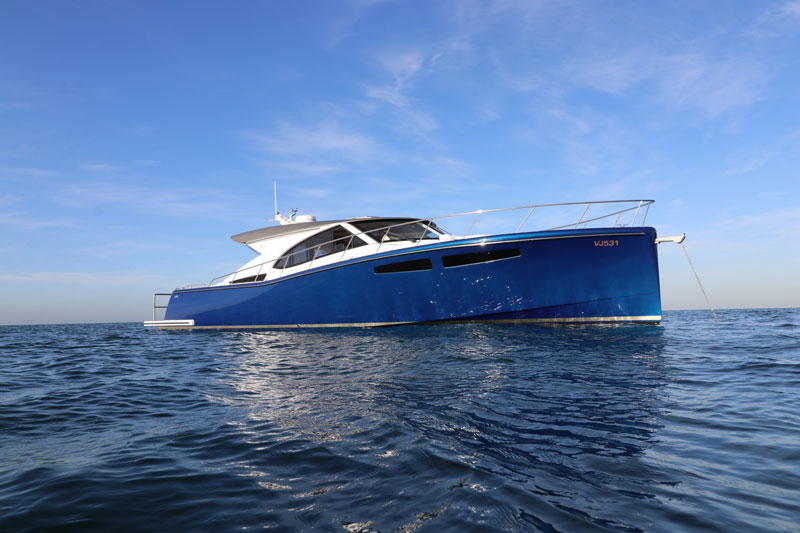
Rope Size & Composition
Anchor rode strength, diameter and texture are primary considerations. If you are manually hauling the rope you should consider that thin, rough textured anchor ropes will rip wet hands apart very easily. Larger diameter, soft textured ropes are much more expensive but can be a very worthwhile consideration.
Rope diameter will vary according to the size, weight and type of craft, but as a rule of thumb I never use less than 10mm rope even in little tinnies. Personally, I go to at least 12mm rope in anything over 4.5 metres. This will change with individual recommendations types of rope construction and for electric anchor winches so please refer to manufacturer’s specifications.
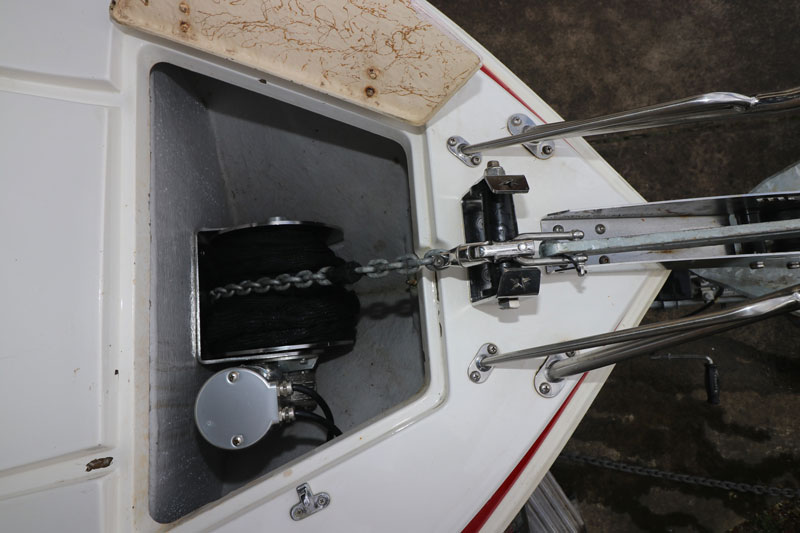
You must be sure that the type of anchor rope retains a reasonable amount of elasticity, and a minimal amount of water. Fibre ropes will generally rot and lose their strength very quickly. Nylon ropes maintain their strength, allow the highest levels of elasticity, have terrific wear resistance, absorb little water and have one of the highest UV resistance ratios. Nylon rope is also quoted as being around twice as strong as polyethylene.
The flexibility of the rope is also important to ensure that it will coil into confined anchor wells without tangling or looping. Obviously, the overall length of an anchor rope is very important and is controlled by minimum regulation in every State. Personally, I like to carry as much as is practical, not a bare minimum especially if any offshore or fast current work is anticipated.

Anchoring Accuracy
I often fish in the shallow waters of Victoria’s Western Port, where strong currents flow through narrow channels. Anchoring accuracy is most important when targeting species such as the elusive King George Whiting, where the fish may only be feeding in small sand holes between the weed beds. A long anchor rope allows you to keep feeding out until you get on top of the right spot and can often mean the difference between success and failure on these timid fish. A minimal legal rope of 30 or 50 metres is often not enough.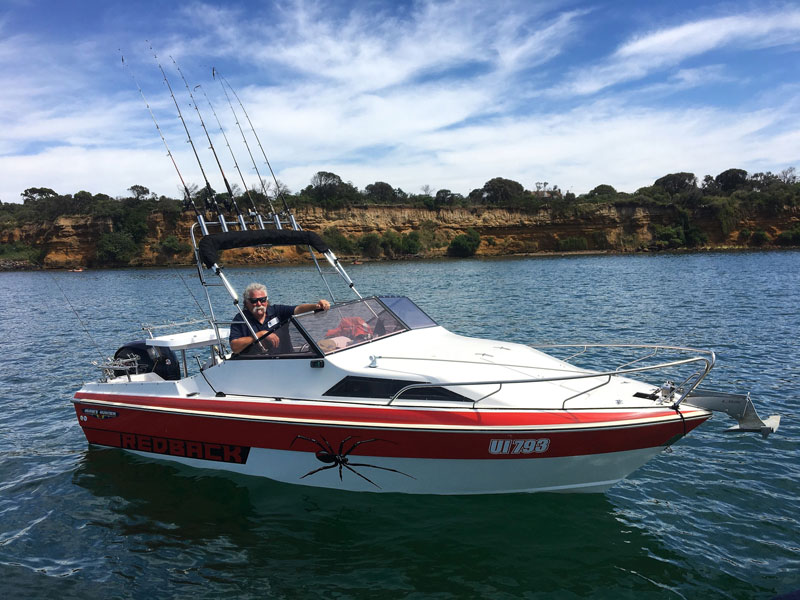
In this 5.8 metre boat I may also find myself bottom bouncing in 35 fathoms (65 metres) of water on the Four Mile Reef at Bermagui where at 5:1 ratio I should carry over 300 metres of rope. In reality, 300 metres is extreme but a regular 100 metres serves the purpose in good conditions with low current. (plus I change to my reef anchor!)
Types of Boat Anchors
Whilst there is a wide assortment of anchors and many variations, let’s explore the basic styles and their features and faults:
Lightweight, Sand, or Danforth
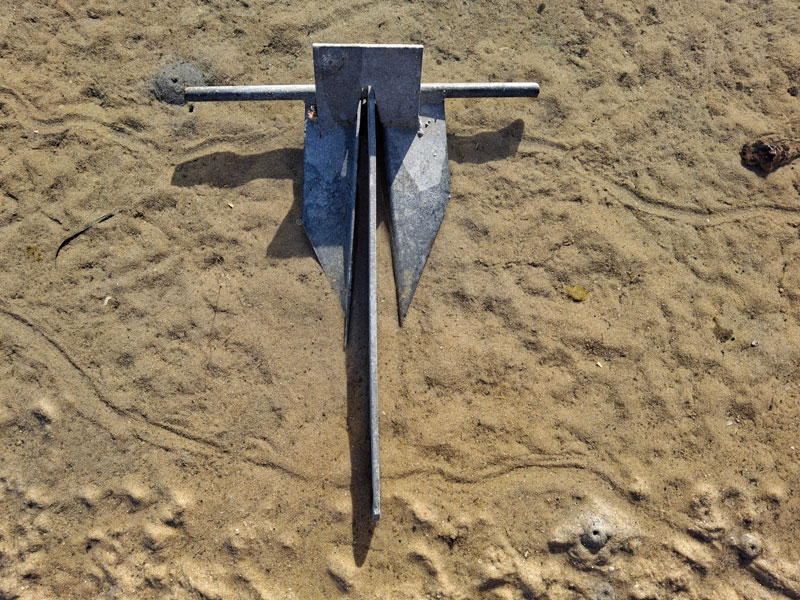
Sand or Danforth anchors are most commonly used in small boats but can range from around 1.5 - 100kg. They feature two sharpened pivoting flukes that dig into sand and mud, and in some applications the flukes virtually bury themselves for optimised holding power.
Most are constructed from galvanised or stainless steel, or alloy and some feature a roll bar replacing the straight shank which can aid removal by moving the tow point to the head of the anchor when driven over.
They are not well suited to thick mud where the flukes fill with sticky materials, nor in rocky ground where the sharpened edges tend to lodge. Their large planing surface also tends to glide over sea grasses without grabbing.
Plow or CQR/Delta
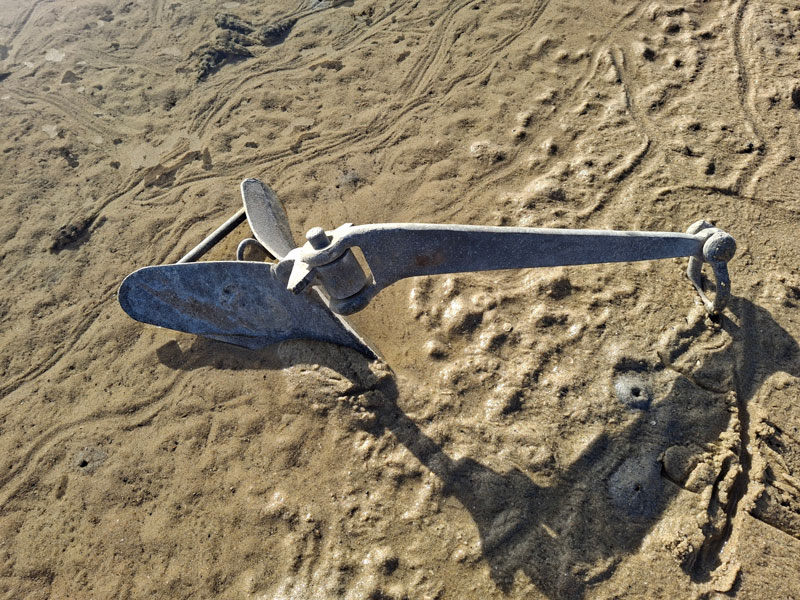
Plow and CQR/Delta anchors are extremely popular due to their holding power in a wide range of bottom structure. The Delta style has a fixed head (crown) and the CQR features a pivoting shank. They are very good anchors in all bottom conditions, however can be very expensive if caught in rocky conditions where a reef anchor is more applicable.
Plow anchors do have a tendency to land on their sides, reducing their ability for the point to lodge. To avoid this, I generally drop the anchor to the bottom slowly while gently reversing. They are commonly made from galvanised or stainless steel.
Claw or Bruce Anchor
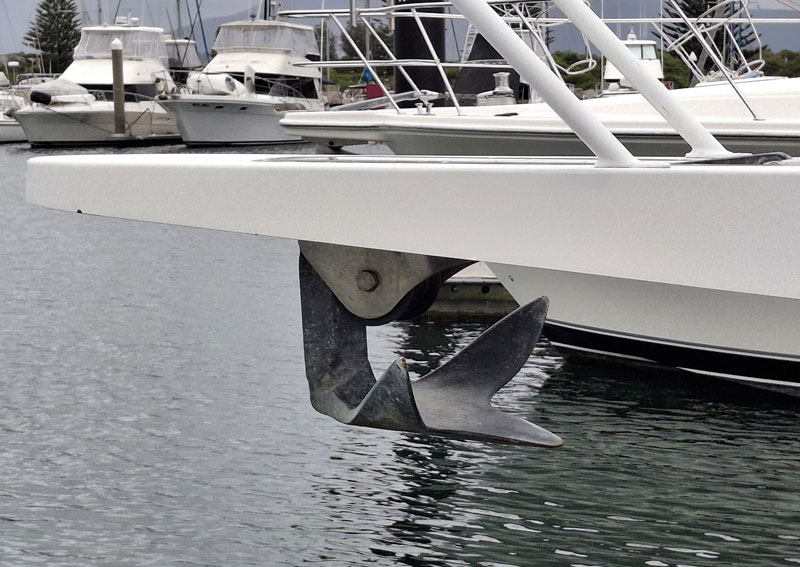
Claw or Bruce anchors are a favourite amongst the large craft fraternity. They perform in a very similar manner to plow and CQR anchors but generally weigh less and feature excellent holding power when struck.
The curvature of the flukes enable the claw to right itself and will generally take hold even if the position of the boat varies due to wind or tide.
Kedge, Admiralty or Navy
Admiralties are often used as primary anchors on large and historic ships.
They are a very traditional shape and well suited to a large variety of bottom structure with the cross bar forcing the flukes to embed, however their almost awkward shape makes them difficult for transport and storage.
Grapnels or Reef Anchors
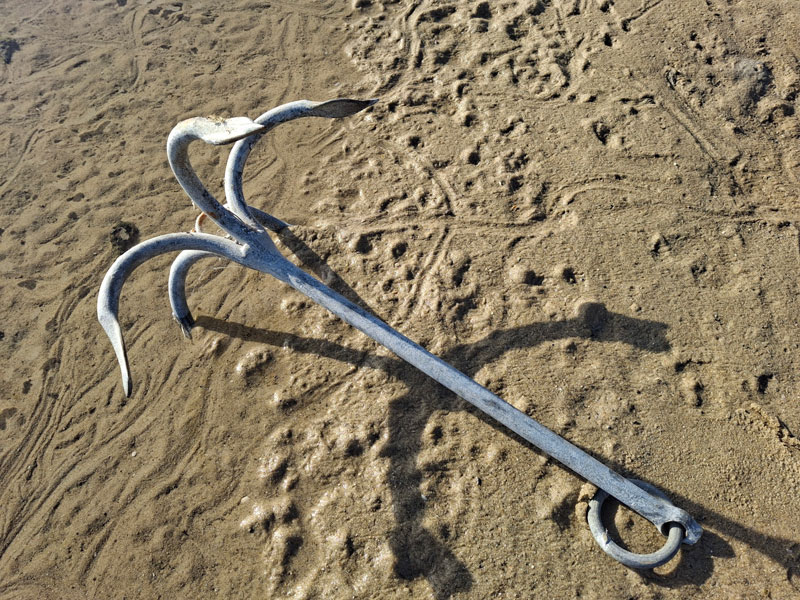
Grapnel or reef anchors can be quite simple and inexpensive lengths of steel bar held together in a stock and bent to a "U-shape". Many have folding flukes for compact storage. They are very well suited to anchoring in heavy reef areas, or wrecks where fouling is expected. Small folding versions are commonly used on very small boats such as canoes, kayaks and personal watercraft (PWC) and they make convenient spare anchors.
If the flukes get lodged in crevices the power of the boat is usually enough to straighten or bend the restricted pick to release the anchor. The flukes can then be bent back into place for the next deployment. Large and small versions are available, some with pointed flukes.
Mushroom Anchors
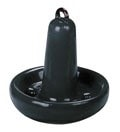
True to their name mushroom anchors resemble an upside-down mushroom. They are not a common anchor for recreational or even commercial boating and are mainly suited to heavy moorings and fixed anchorage.
New Generation Anchors
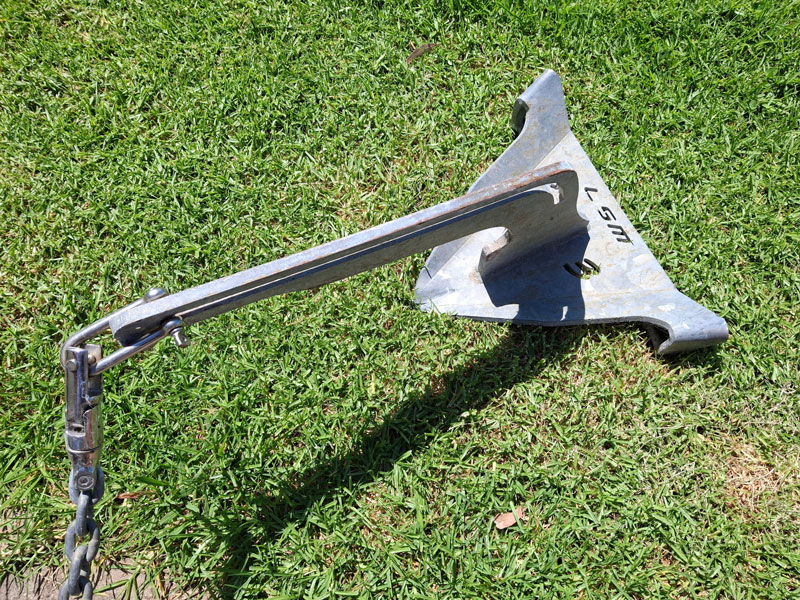
There is a huge variety of new-generation anchor designs that have been developed and marketed, all with their individual strengths, weaknesses, and applications. In Australia, the trend probably started over thirty years ago commercially with the SARCA (Sand And Reef Combination Anchor), and has progressed through many variations and construction materials, including steel, aluminium, stainless steel, and even plastics.

Don't Be That Dude That Wrecks The Fishing
There is nothing that angers other fishermen more than when that under-equipped boat drifts straight through your favourite fishing hole. A boat pulling on anchor through our fishing spot will scare the fish away quicker than I can say a few rude words to the owner. We always see this in the silt and mud of our heavily populated Port Phillip Bay where under-gunned ground tackle will never hold in a breeze.
The Bitter End
Decent ground tackle does pay dividends by increasing your safety, comfort and pleasure. Stay tuned – or should I say anchored, to this spot!
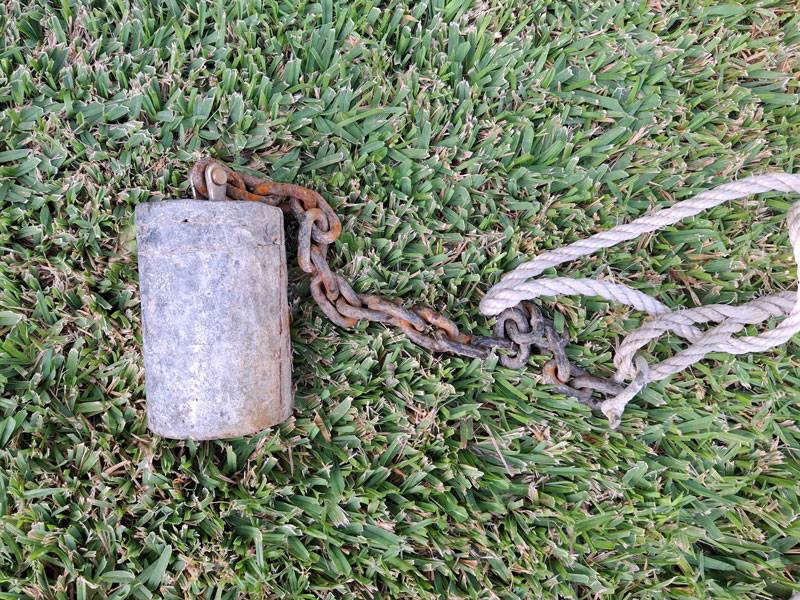
Start Planning Your Next Adventure with Only Boats
If you're new to boating and want to learn everything there is to know about anchors and more, you can read our dictionary of boat terms, and perhaps do some more investigation into your needs with our article on boat types.
In the meantime, explore our selection of boats for sale and start planning your next escape. Whether you're looking for new boats for sale or used boats for sale, our extensive network helps you find the perfect boat for your budget and lifestyle.
Getting boat finance sorted shouldn't be the hard part of boat ownership. Credit One has helped thousands of Australians get on the water, earning a reputation as Australia's best-reviewed finance broker with 3,000+ glowing Google reviews to show for it. See what customers have experienced by reading their Credit One reviews, or use the loan repayment calculator to work through your options.
